Consider a multi-directional development model.
In the consulting world—and certainly not limited to this field—it is all too common for organizations to adopt a “move up or move out” culture. In other words, individuals must get themselves promoted to a higher rung of the org chart; if they’re not promoted within a pre-set timeframe, they’re considered unredeemable or fired.
In its worst form, it is survival of the fittest. In its best form, it operationalizes a growth mindset, supporting individuals as they develop and advance along their chosen career path.
But is “up or out” the only direction?
What about side-to-side? Or even forward and back? Does your organization have a plan for someone to opt out of an “upward” path? Can they do so with emotional and professional safety?
When Trish Emerson founded Emerson Human Capital Consulting, she knew firsthand the up-or-out culture that many of us have experienced. She wanted to build an organization with a “multi-directional” culture.
As I consider how this has played out within Emerson, I can cite real examples of current team members who have moved “up” into leadership roles then “back” to more client-focused roles. Others have transitioned from full-time employees to contractors. Others are clients turned employees turned contractors. And still others have been contractors and then joined us as full-time employees.
Our philosophy—doing meaningful work with people we love—isn’t limited to linear career paths. We want those people we love—the talented, creative, relational, impactful people—to find a sweet spot where they can thrive. In turn, this nurtures the culture and the well-being of our overall organization by retaining team members in ways that allow them to be their best, high-performing selves.
I experienced this firsthand recently. I spent decades in up-or-out and “in order to grow you have to go (somewhere else)” career scenarios. A year ago, I accepted a promotion at Emerson. At the time, the role was new. There were aspects of the role presented to me that I knew I would love. Other aspects I knew would be challenging or less energizing than my other work. We collectively agreed to try it; if it didn’t work, we’d figure it out. In other words, there was an “opt out” card on the table.
Over the course of the year, I found myself questioning whether this role was the right thing at the right time.
I decided to talk to Trish, our CEO, about shifting back to the role I had loved. I recently worked on a client project focused on empathy, belonging, and trust, so I was very tuned-in to these dynamics as I approached her to discuss what a move would mean.
How remarkable to be able to say, “She made it so easy!” She secured my sense of belonging by quickly confirming that all team members need to be in roles that help them thrive. She sees how that feeds the well-being of the organization. She empathized with the factors at play for me as a whole person – not just “Workplace Lisa.” She created psychological safety by allowing me to own the message about my decision – what got said, by whom, and when. And I had every reason to trust my employment was never at risk, nor did I sense there would be hidden political implications or surprise consequences. In fact, this decision doesn’t preclude me from future promotions.
What is your workplace culture like when it comes to career mobility?
Is “up” the only direction? Do you lose team members because they need to go to grow? Or do you have an opt-out path, framed in safety and belonging? Are there alternative paths that still reflect success and embrace an individual’s experiences, strengths, and skills? How do you make these options more than just words?
I’d love to hear from you. Use the form below to share your thoughts.




